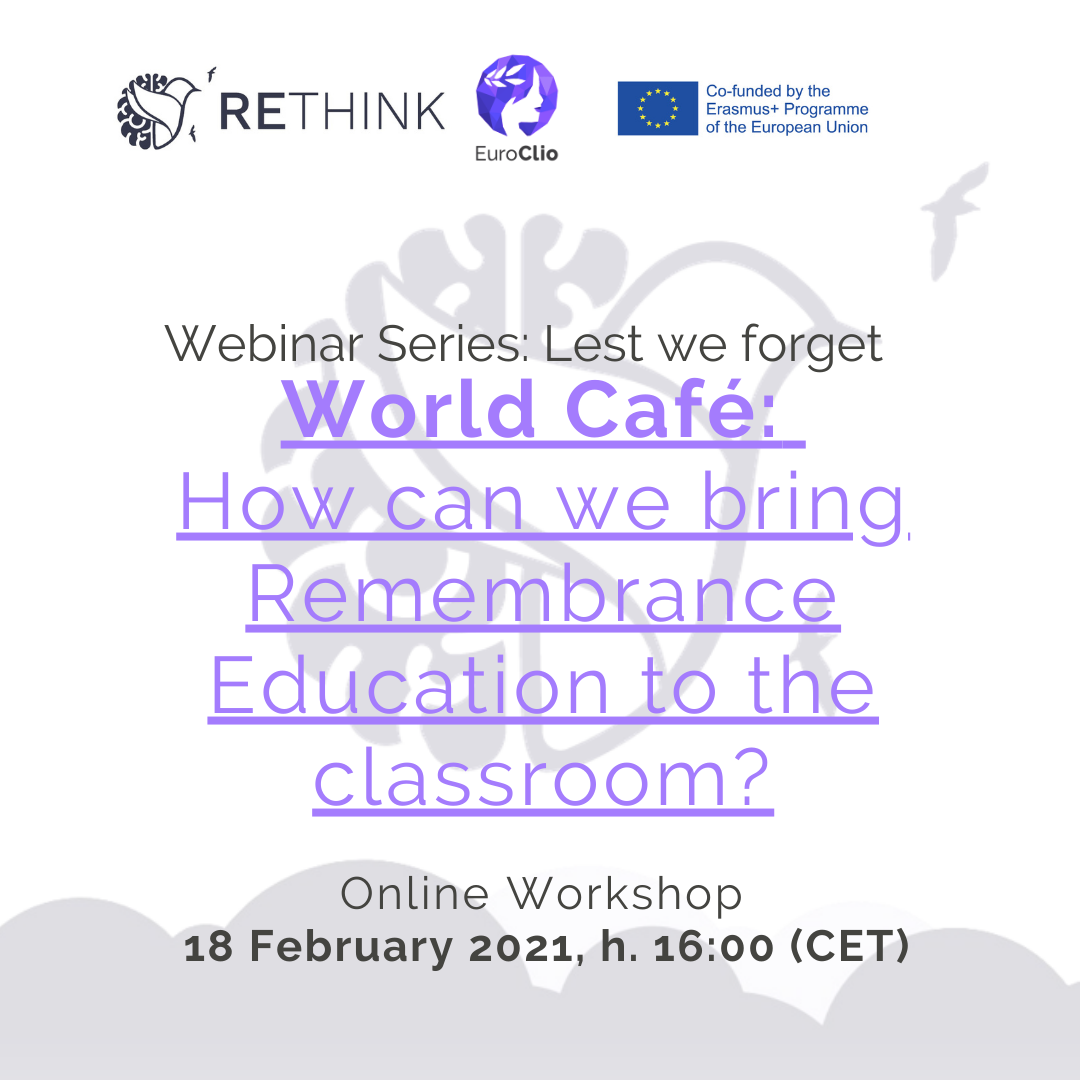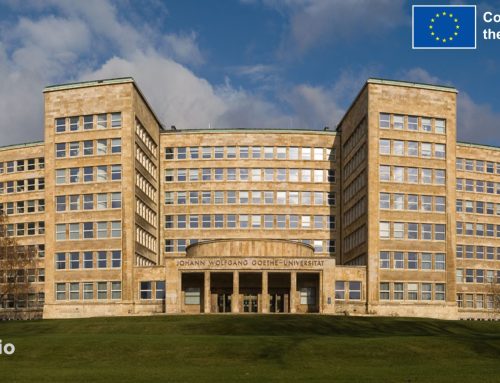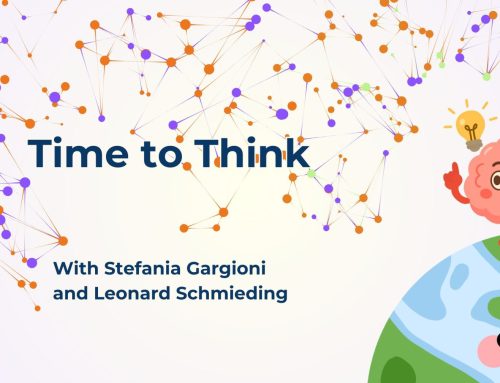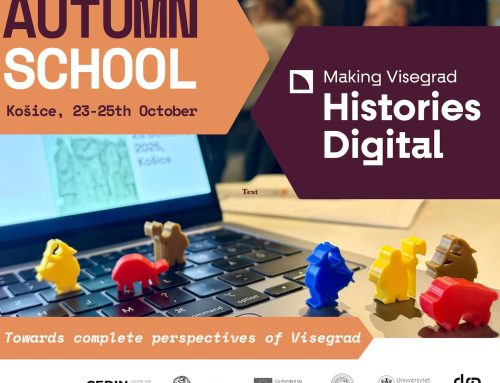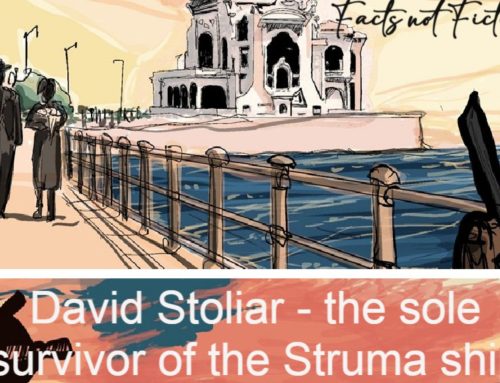In January and February 2021, EuroClio hosted the ‘Lest We Forget’ webinar series. In four sessions we focused on networking, practices and the relevance of remembrance education. The series was based on the RETHINK project. This article gives a brief reflection of the last session of the ‘Lest we forget’ series; the World Café focused on ‘How can we bring Remembrance Education to the classroom?’.
[su_quote cite] History education is learning about the past, while remembrance education is learning from the past [/su_quote]
In the first discussion round, participants shared insights on the meaning and importance of Remembrance Education. Remembrance education was defined as developing critical thinking about the past while avoiding polarisation and drawing on a multiperspectivity approach. The need for connection and relevance to history curricula was emphasized while also managing feelings of both teachers and pupils in a constructive and positive manner. An educator mentioned that the younger generations are often far removed from realties of war, it is therefore important to remember to enliven difficult histories. Remembrance Education can be a tool to help students speak about difficult issues and to make events more tangible. It may help bring forth not only a national but also an individual identity as Remembrance Education helps with creating generational bonds or more broadly, meaningful connections between past and present. The role of teachers for Remembrance Education is multifold. Educators can help develop critical thinking and memory building as well as assisting in understanding more recent atrocities. Educators can help students realise dehumanisation was not only limited to the Holocaust, but has happened in many forms in many places.
[su_quote cite] Silence is a natural response to sensitive topics. People prefer to be silent rather than dare discuss controversial or unpleasant topics. However, when an entire generation can go without knowing what happened, silence becomes harmful to society and specifically to classrooms [/su_quote]
Participants shared many reasons as to why it is hard to remember. Tensions may arise between narratives in the classroom and that of student’s family members. This can be related to generational differences but also to historical amnesia, the act of forgetting historical events. Students may look at the past through the eyes of the present as contemporary films, games and media may misrepresent historical events leading to apathy and desensitisation. Educators might be faced with a wide range of emotions from students. Students may react emotionally, show apathy, assign blame to others or become angry when faced with Remembrance Education.
[su_quote cite] Every perspective has blind spots. Only by changing your perspective can you see what you were blind to [/su_quote]
After having identified obstacles, we discussed tips and tricks for educators when it comes to Remembrance Education. One of the main tools when dealing with apathy from students is to sensitise students to traumatic histories and experiences. This can be done by site visits, by the use of primary sources such as video-testimonies and diaries or by personal visits from survivors. Emphasizing ordinary experiences and feelings will help make Remembrance Education more relatable. Key is to open up dialogue, possibly through mediation, and involve the audience. One of the teachers mentioned Schindler’s List, the use of film can assist in airing dialogue. Educators may need to compromise with institutional or political pressures. Preparation and debriefing are crucial when talking about atrocities and genocides. A visit to Auschwitz for example should be paired with preparation beforehand and with a reflection afterwards as not to be overwhelmed by experiencing a traumatic history. A network of educators who are teaching traumatic histories to manage such emotions can also be helpful.
[su_quote cite] The focus of educators should be on teaching human values, not sole facts [/su_quote]
This sentiment has come forward throughout the ‘Lest we forget’ webinar series. The opening lecture was given by Peninah Zilberman. As a child of Holocaust survivors, she talked about the inherent obligation to ‘Remember’. In particular, Peninah Zilberman confronted participants with issues, myths and responsibilities children of survivors inherit from their parents. The obligation to remember comes with difficulties and can be addressed using a multiperspective approach. In the workshop ‘Multiperspectivity in Remembrance Education’ we discussed the difference between memory and history and the use of various methods to explore differences with students in a way that respects their feelings and does justice to history. The use of video-testimonies in the classroom can be a tool to give voice to the stories of survivors of atrocities. In the workshop ‘the use of video testimonies in Remembrance Education’, the genesis of video-testimonies was discussed as well as practicalities as where to find video-testimonies and understanding their potential for a learning environment.
EuroClio would like to thank the speakers and participants of the ‘Lest we forget’ webinar series and in particular the participants of the ‘World Café’ for sharing their experiences and insights on Remembrance Education.
Would you like to know more about the RETHINK project, it’s teachers guide, or the network created? Have a look at our project page. As part of the ‘Lest we forget’ series, EuroClio has created a resource booklet for all participants. Would you like to receive it as well? Send an email to alice@euroclio.eu.

